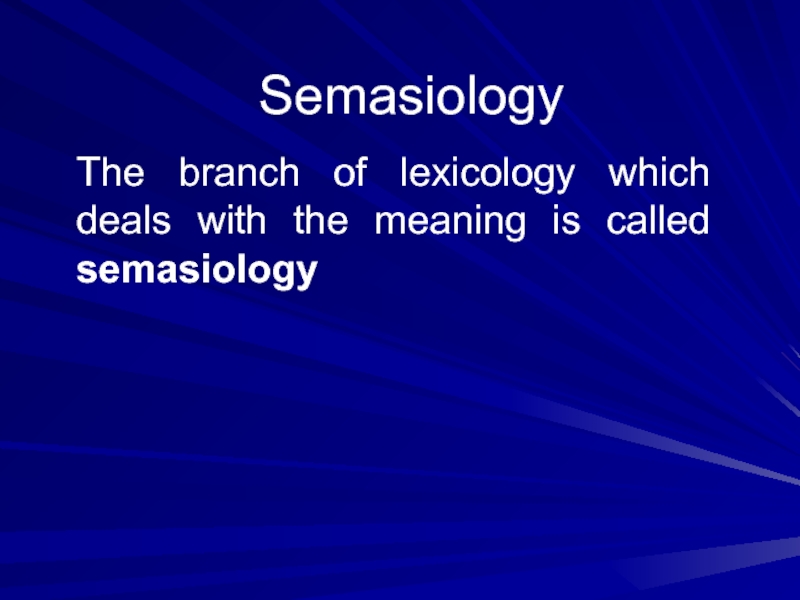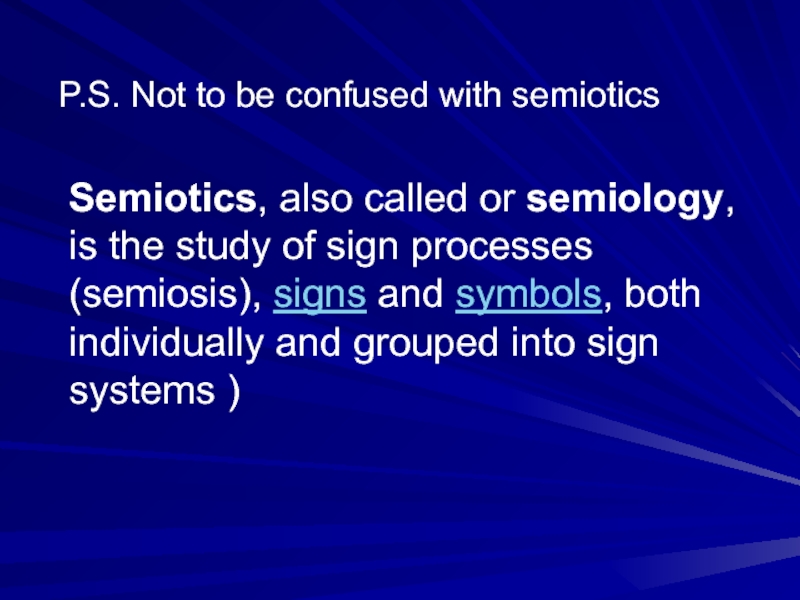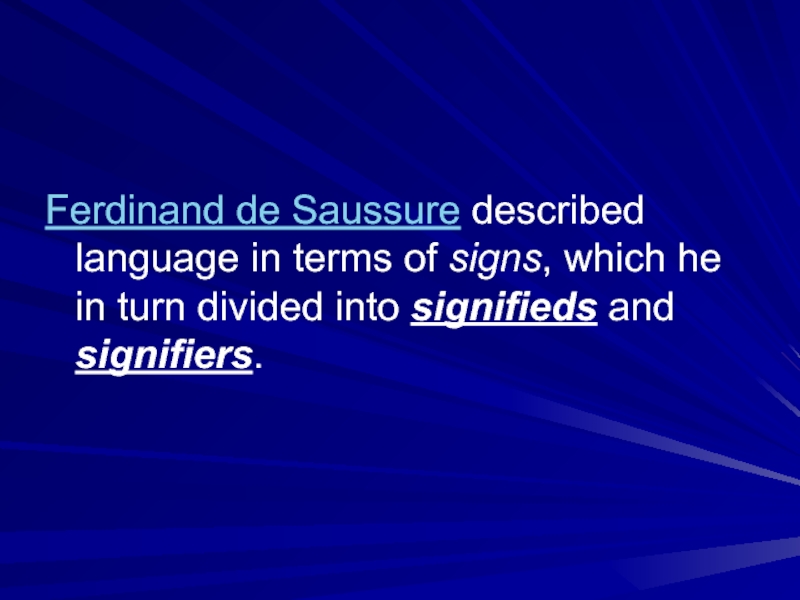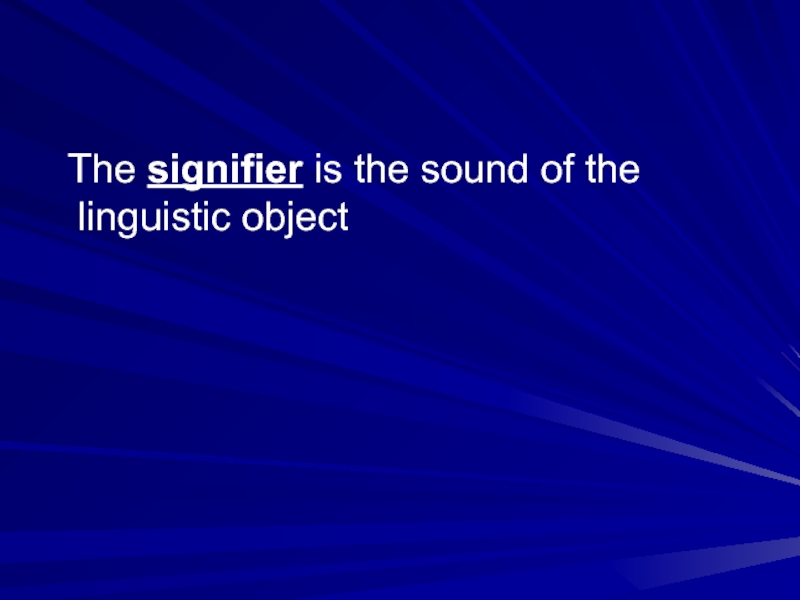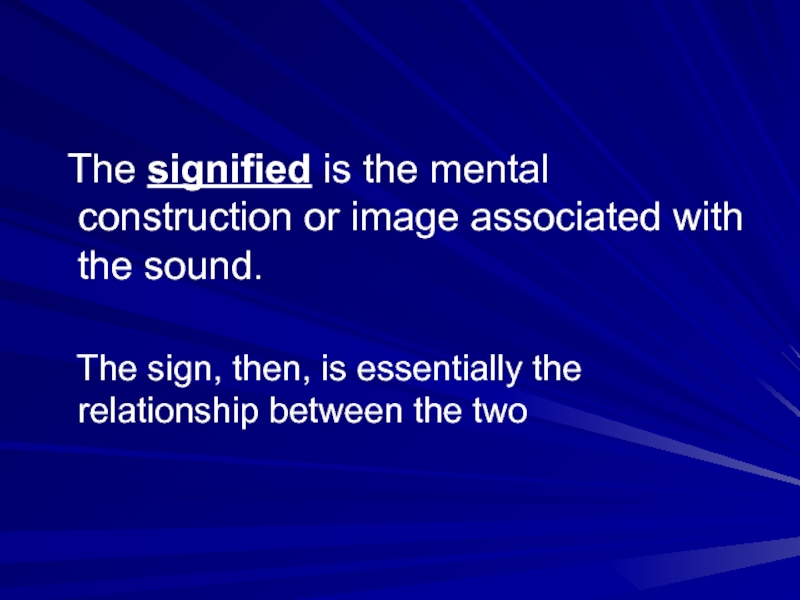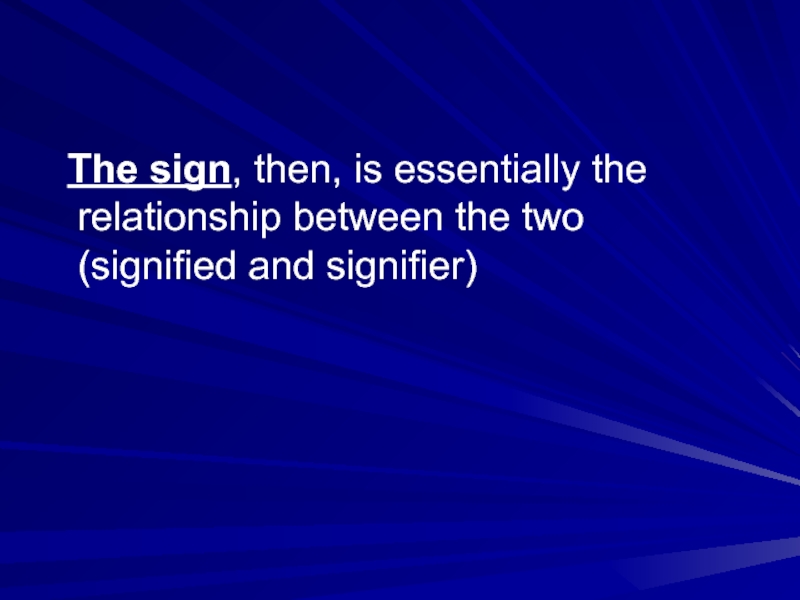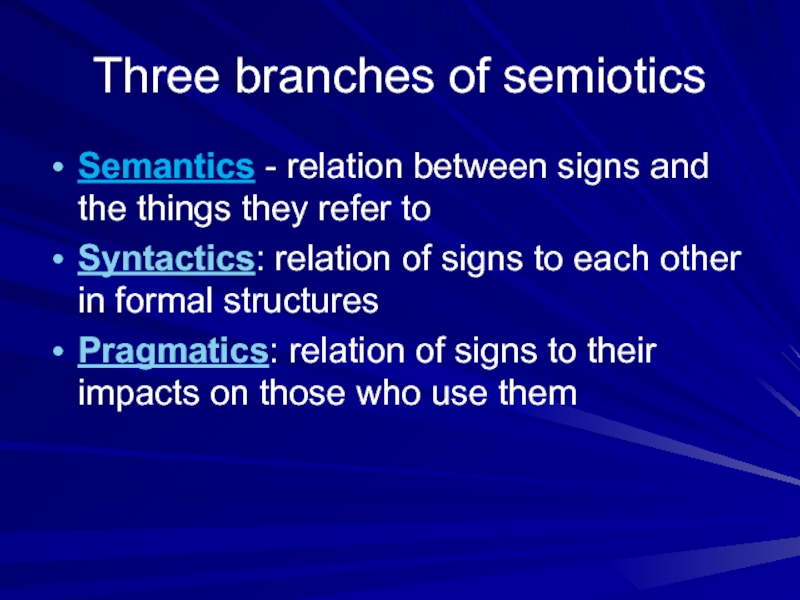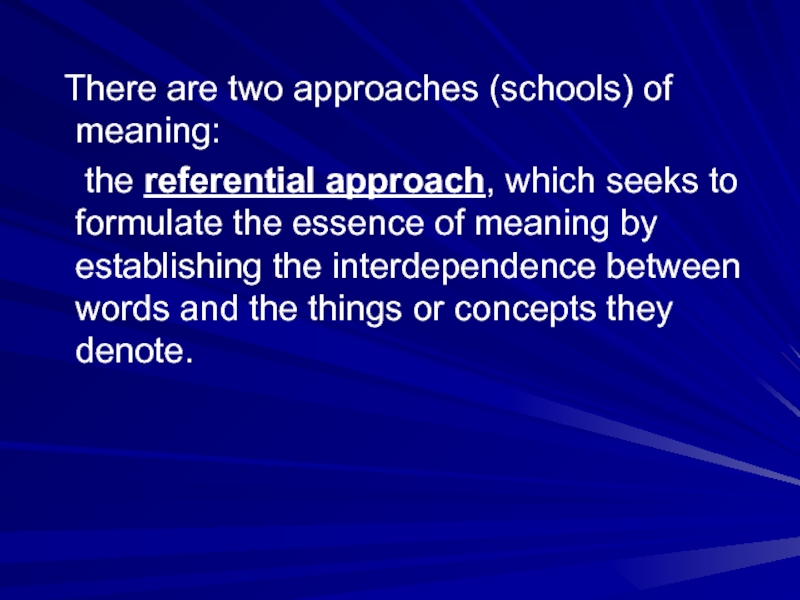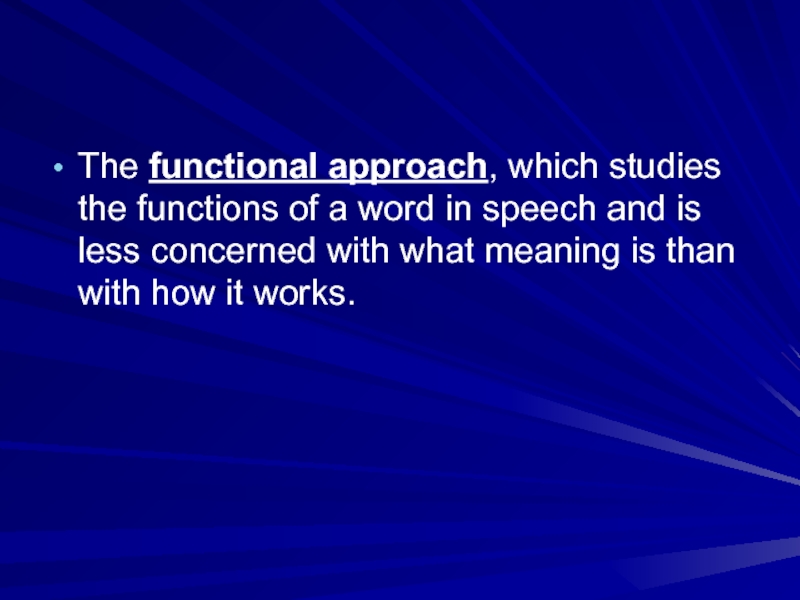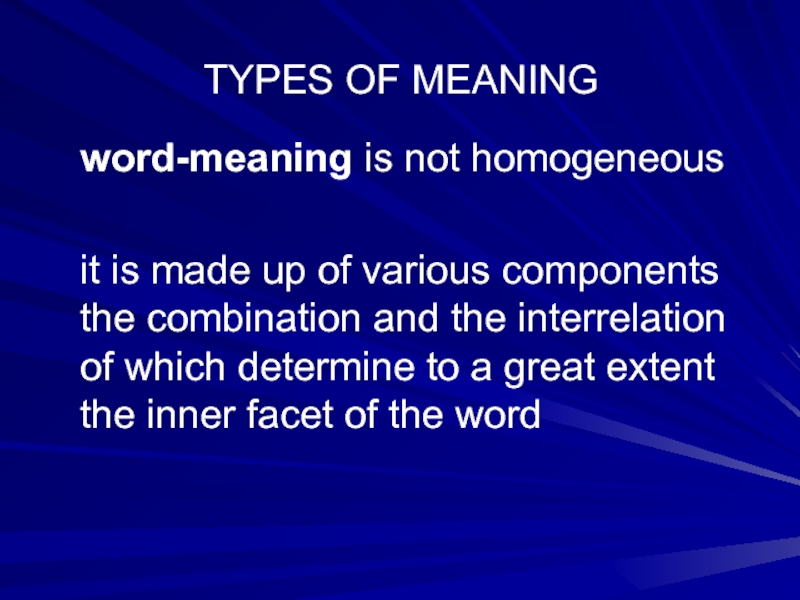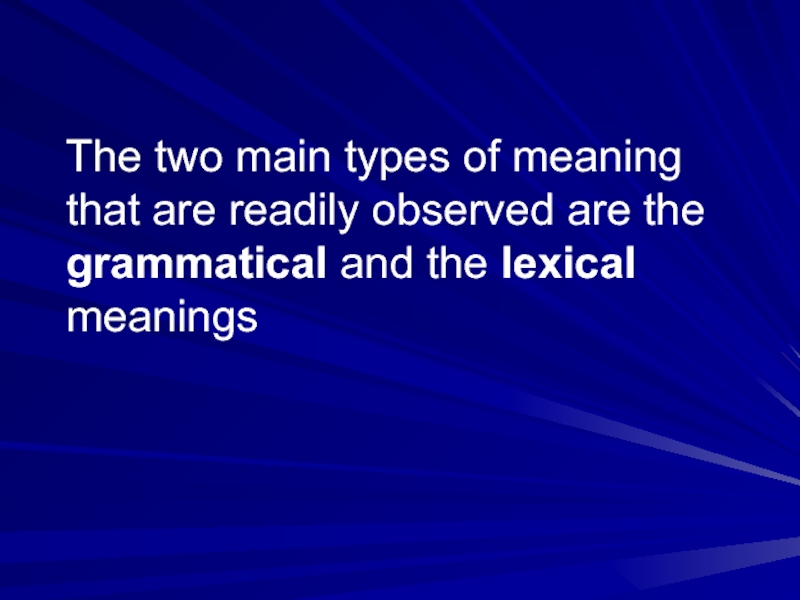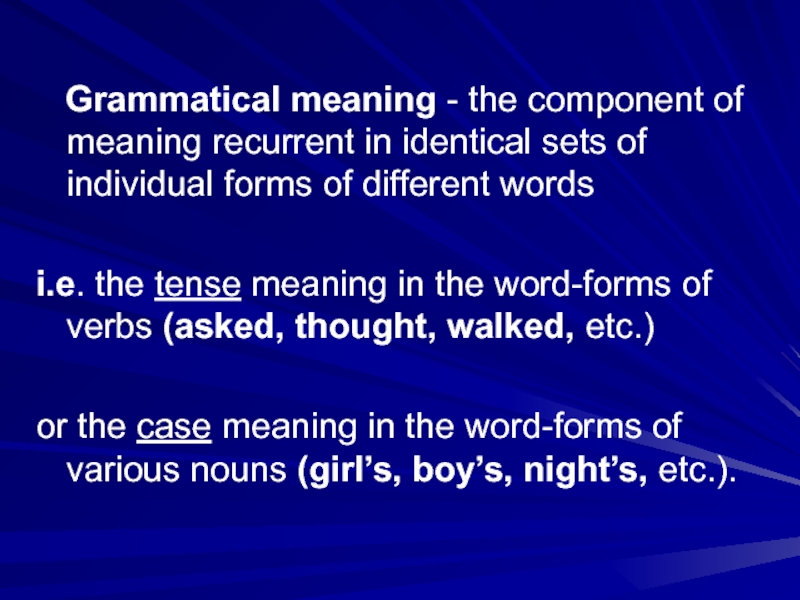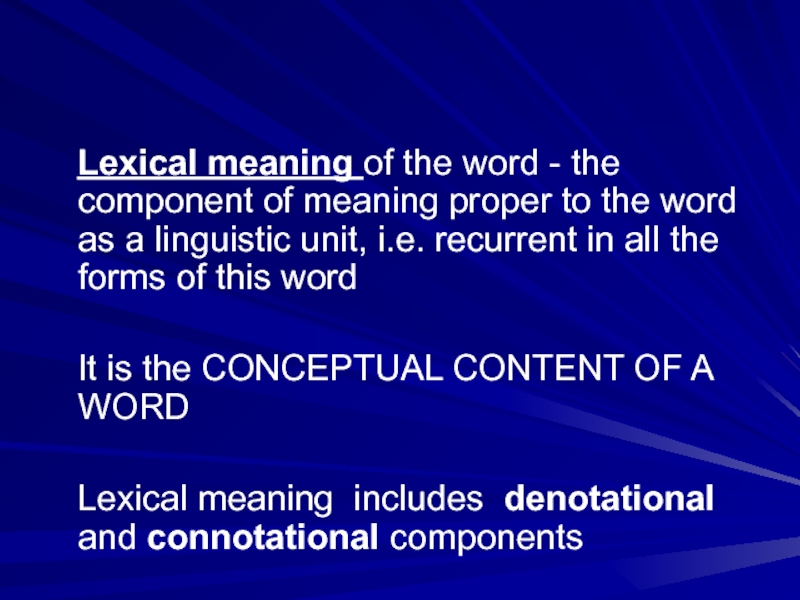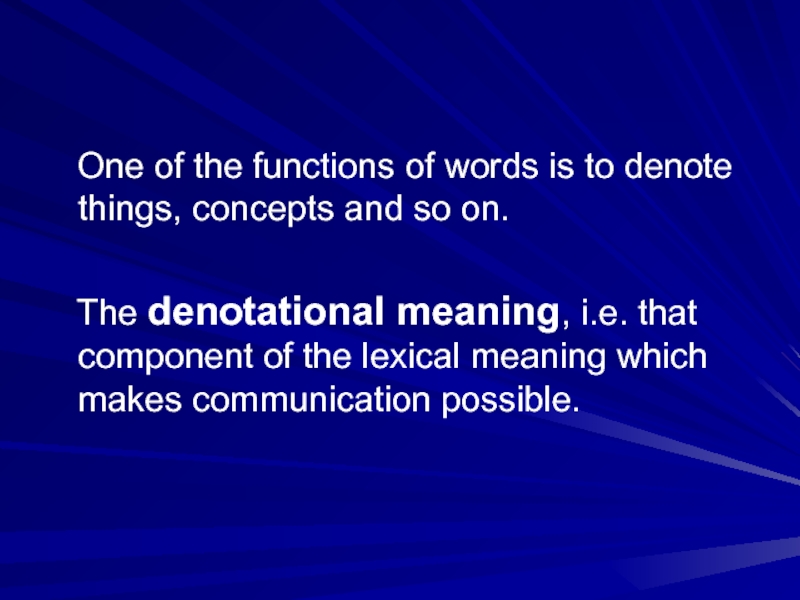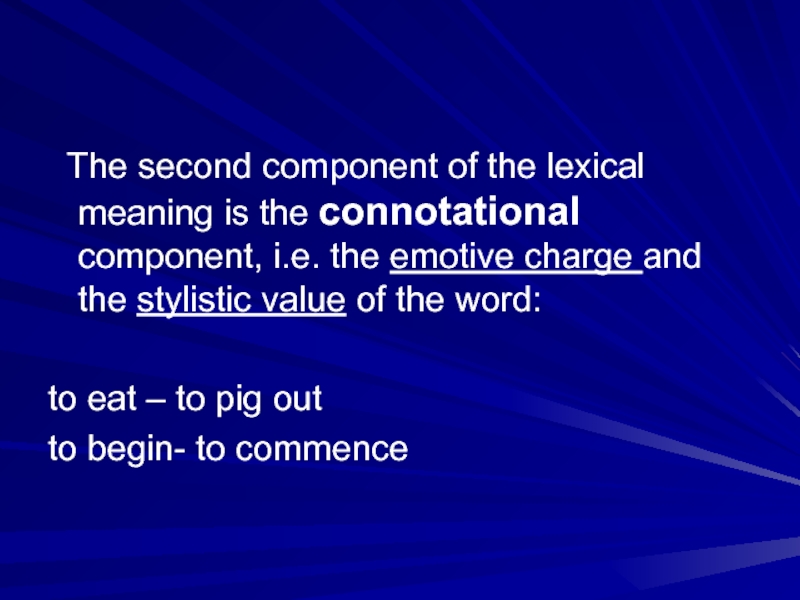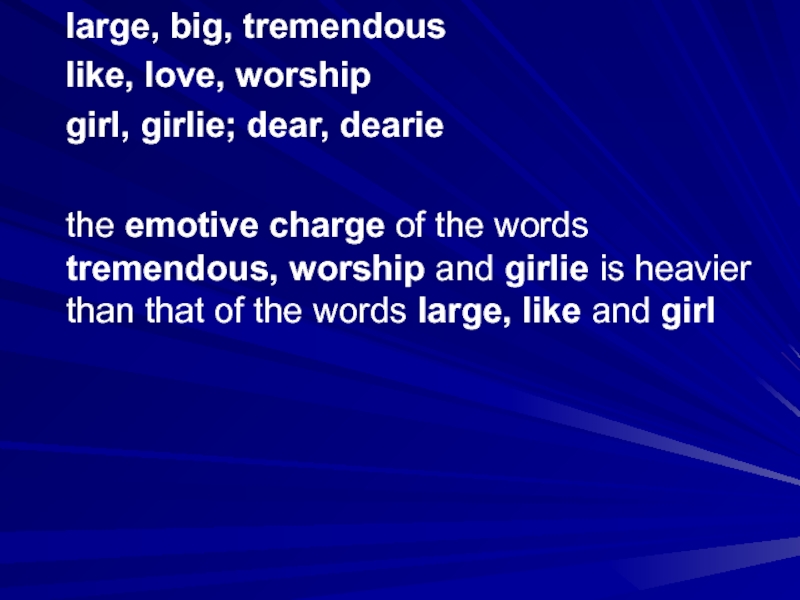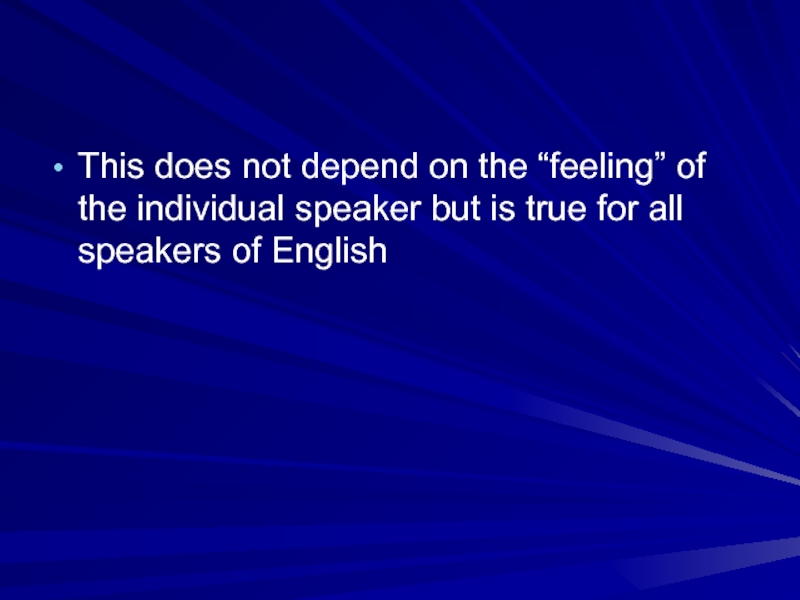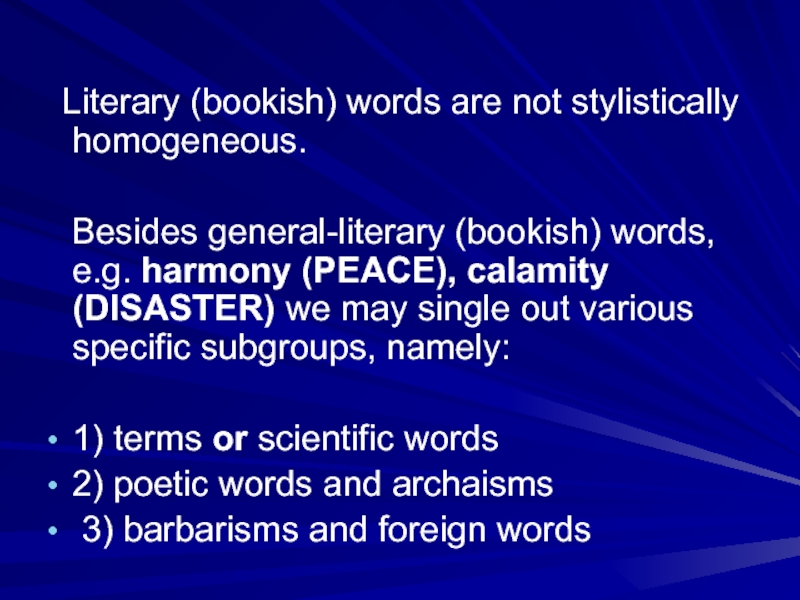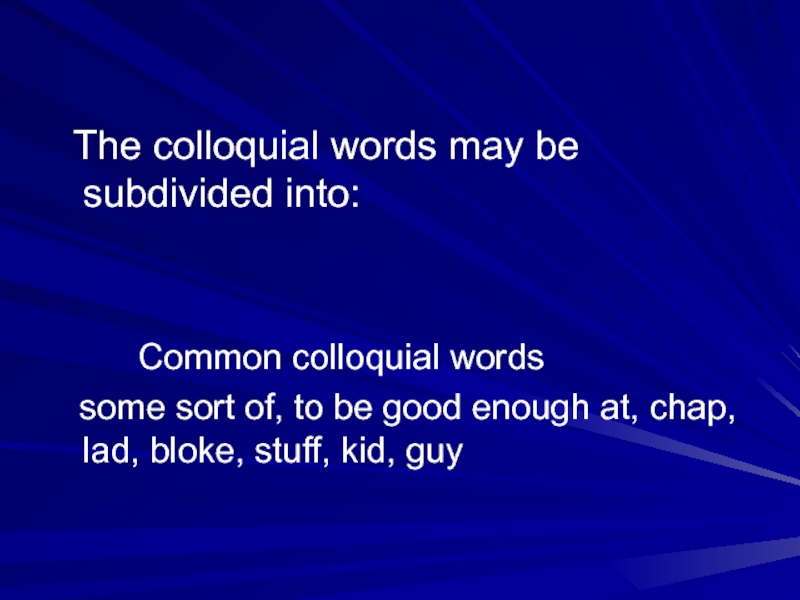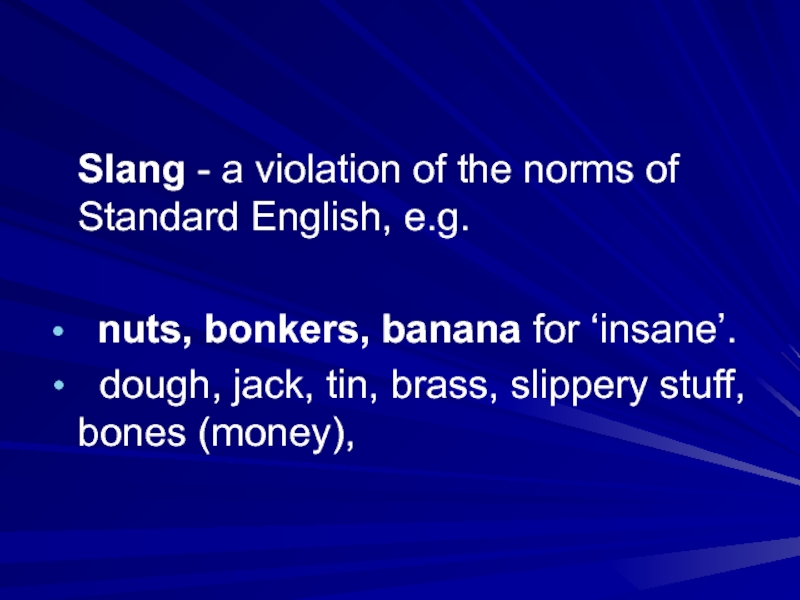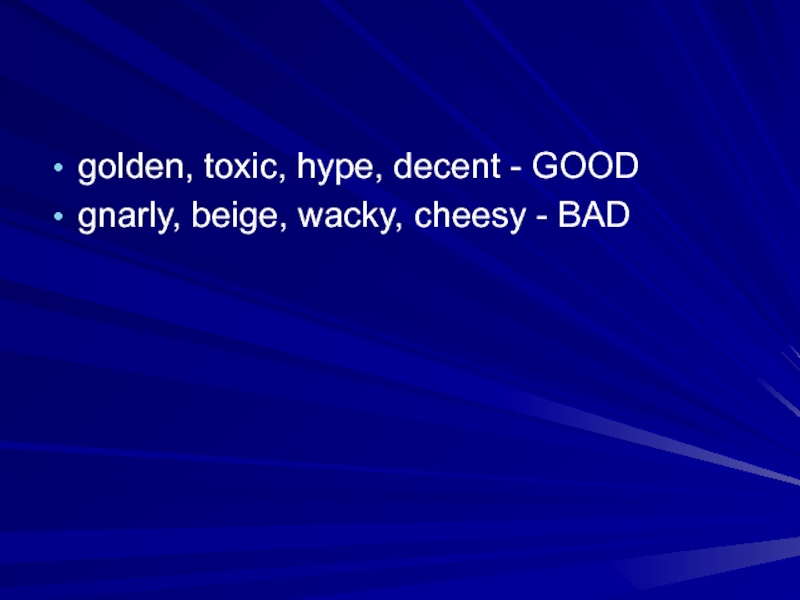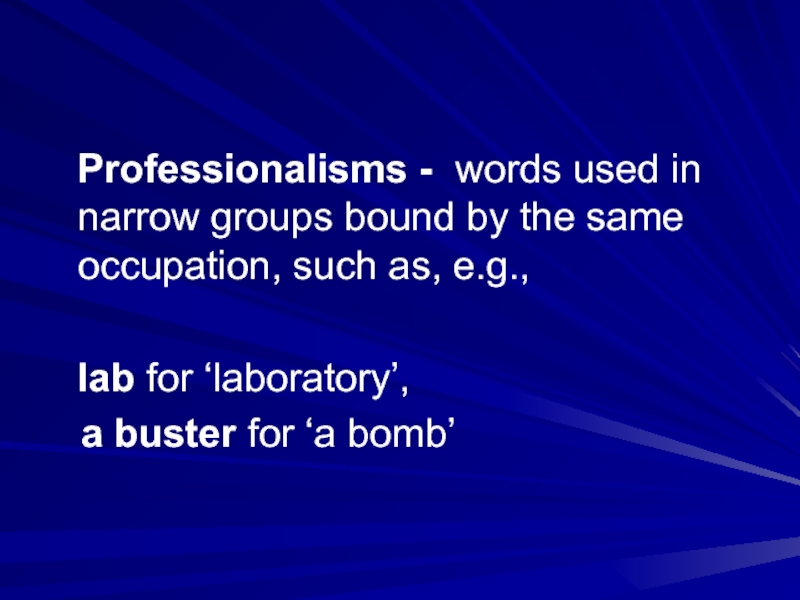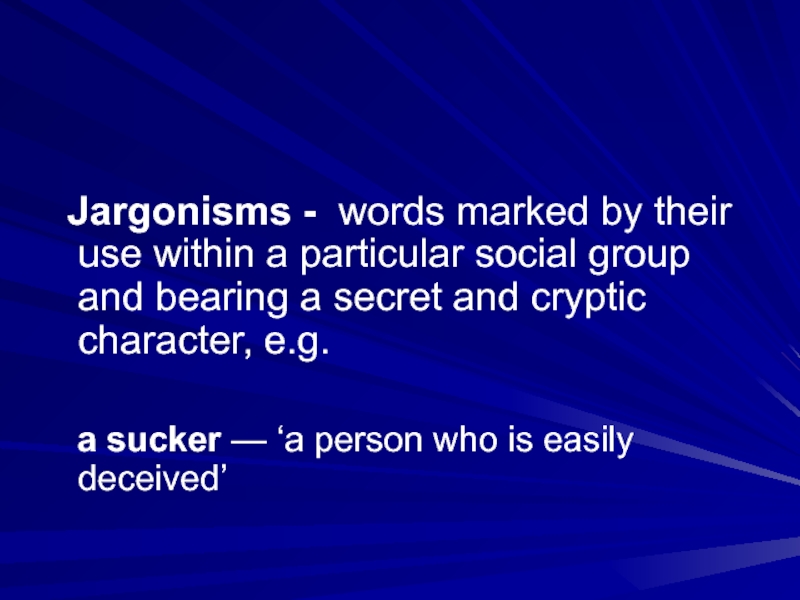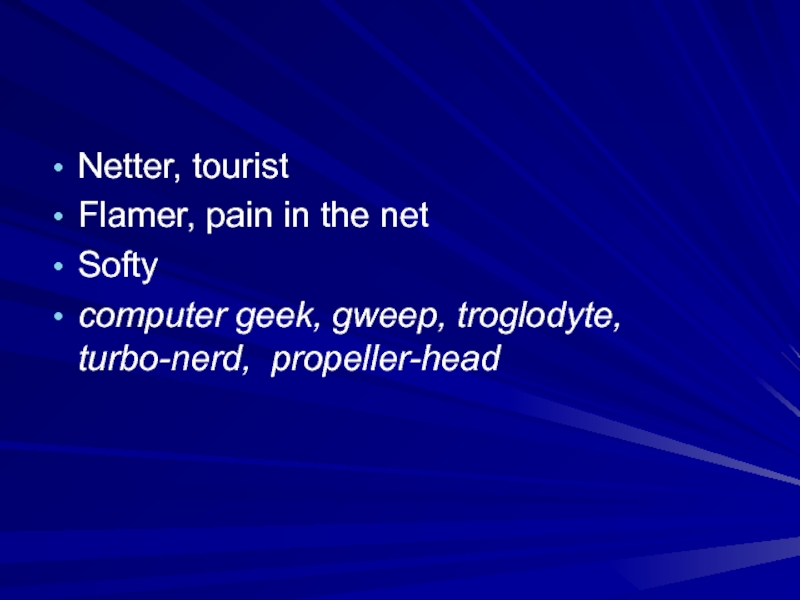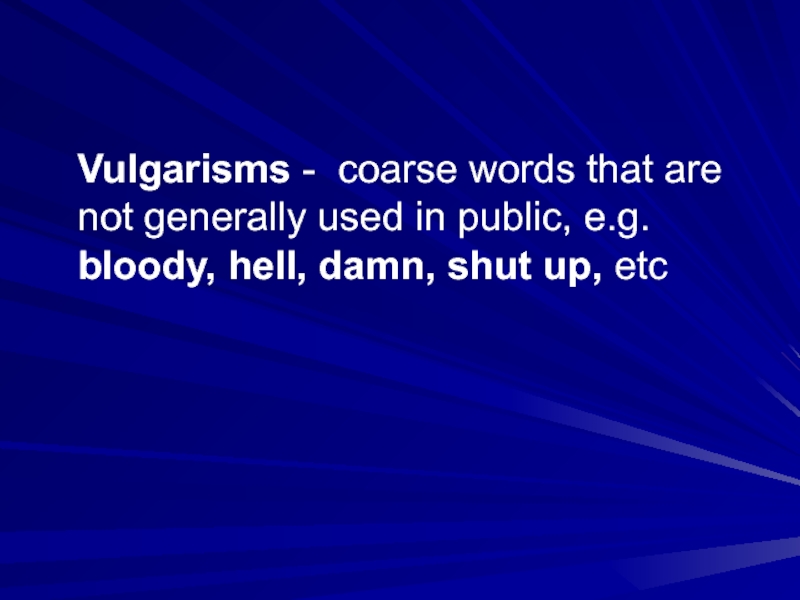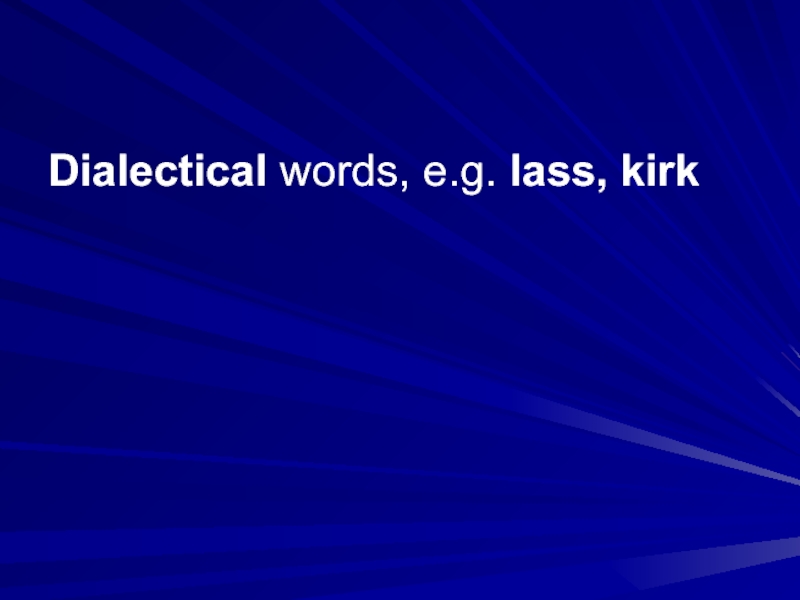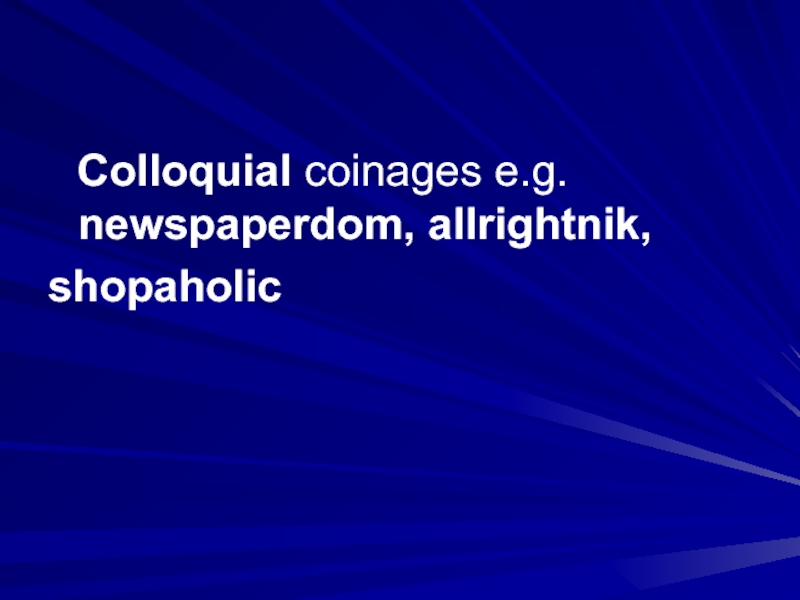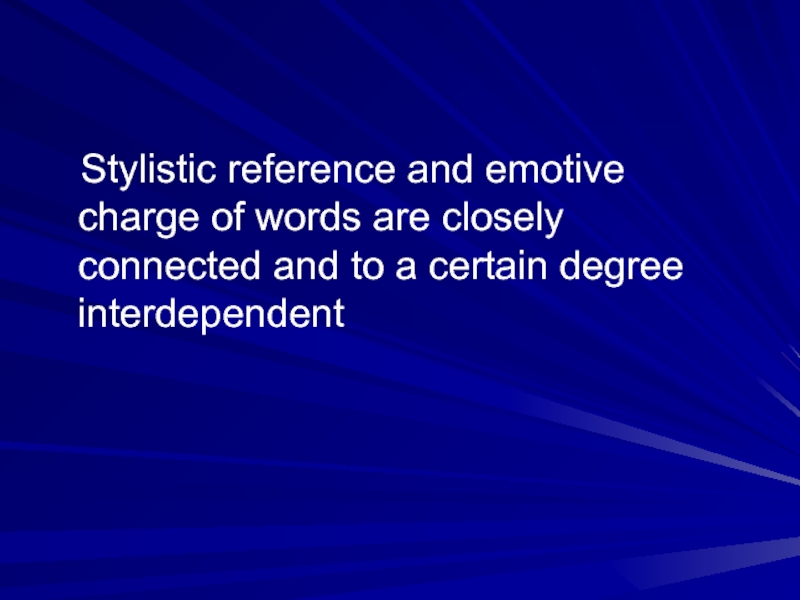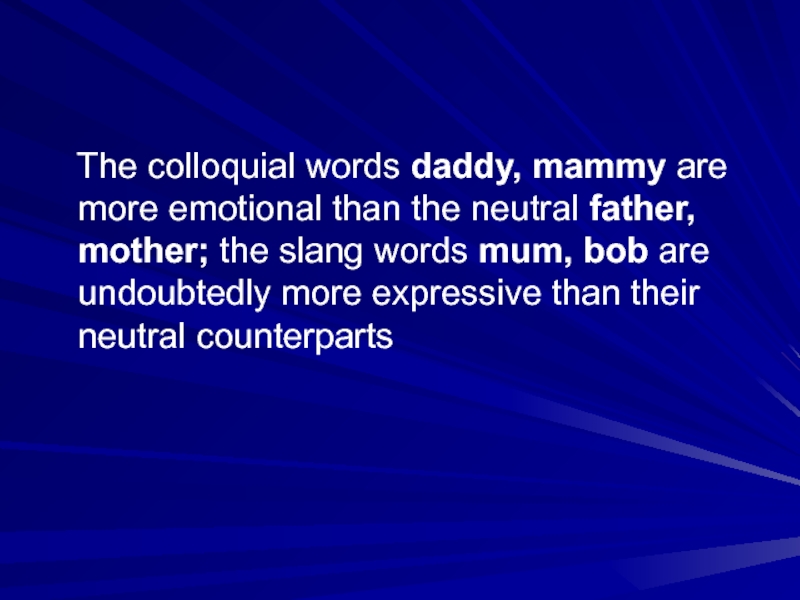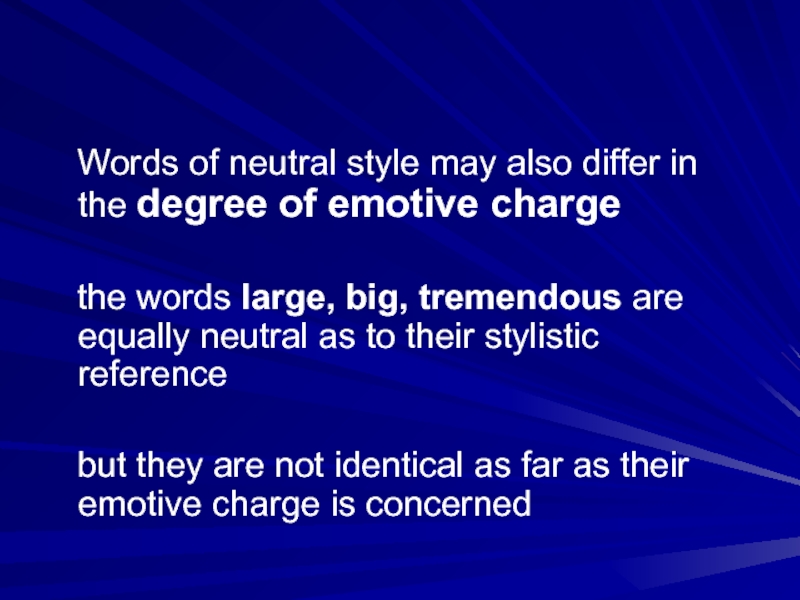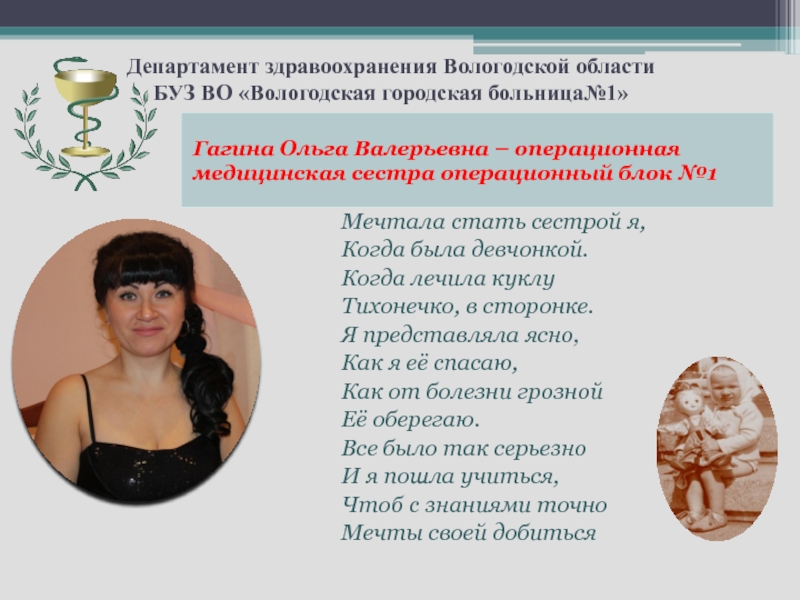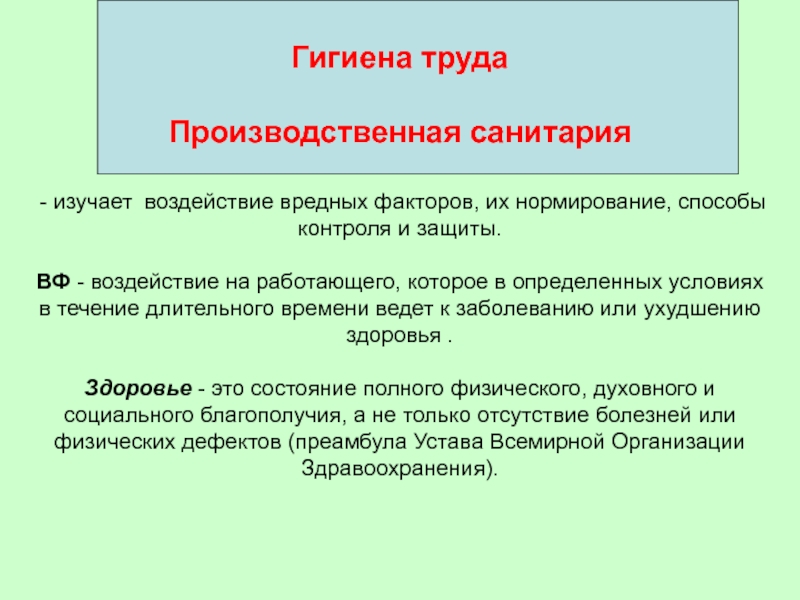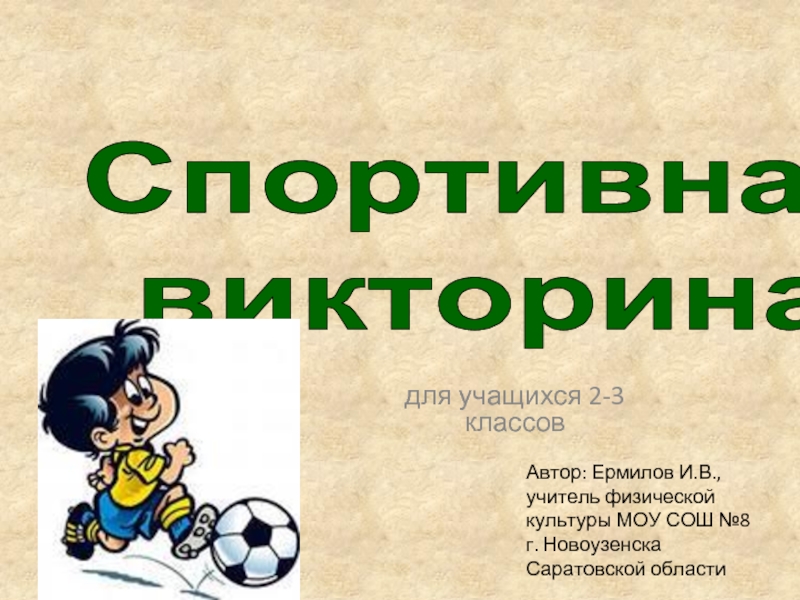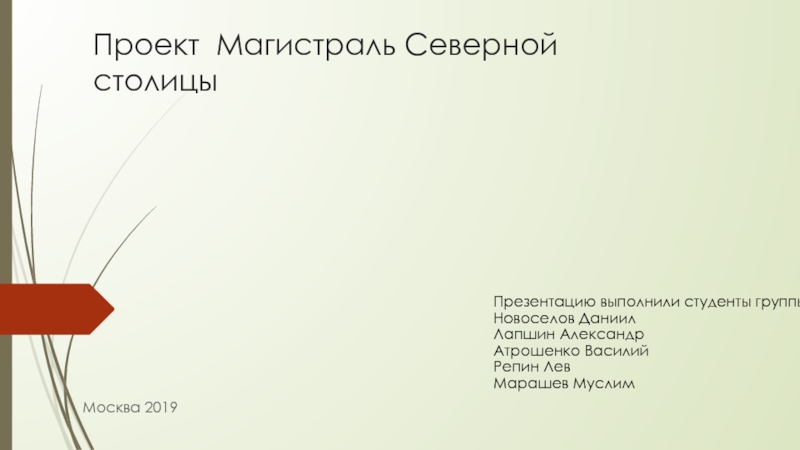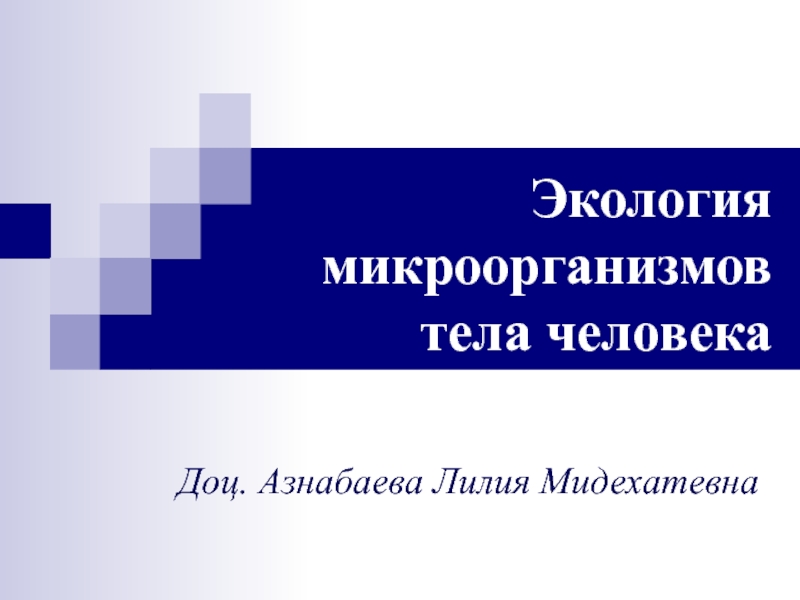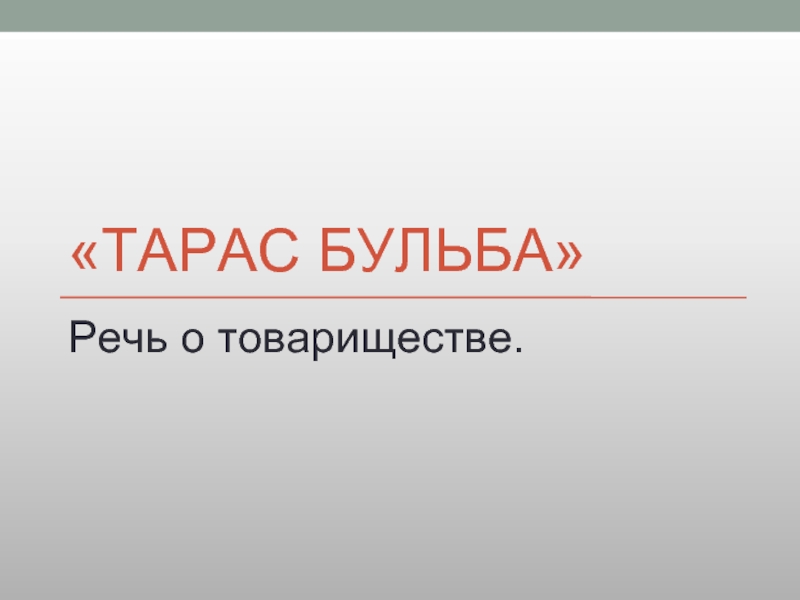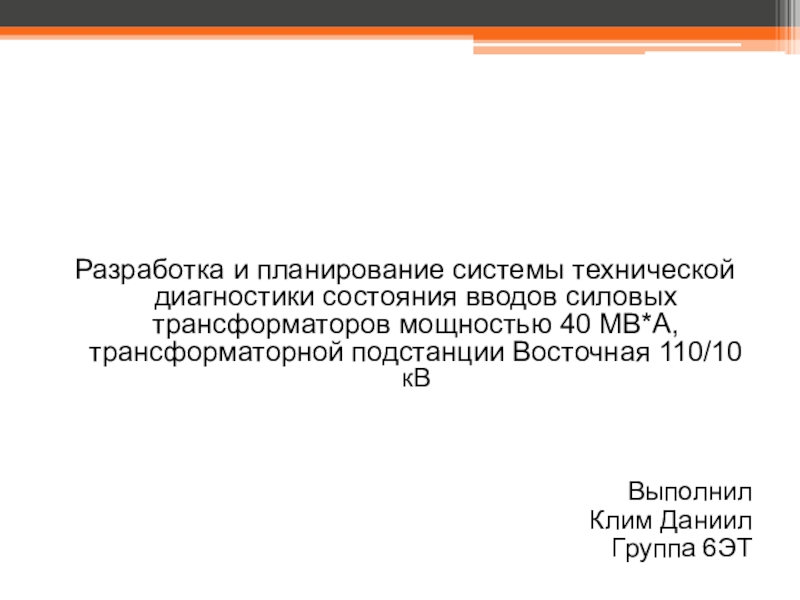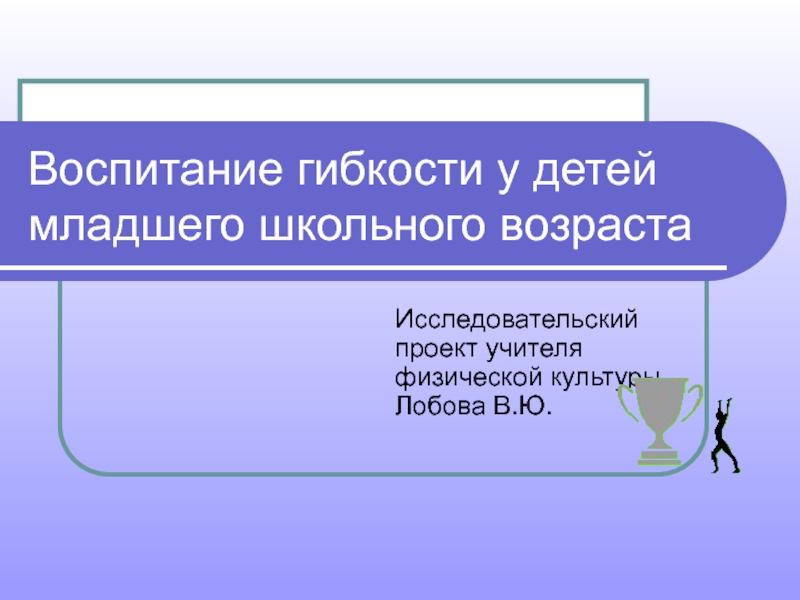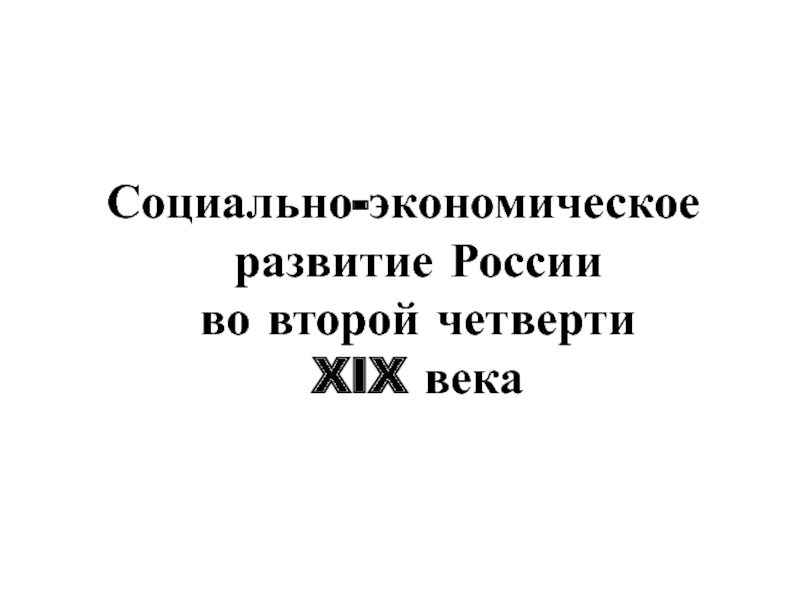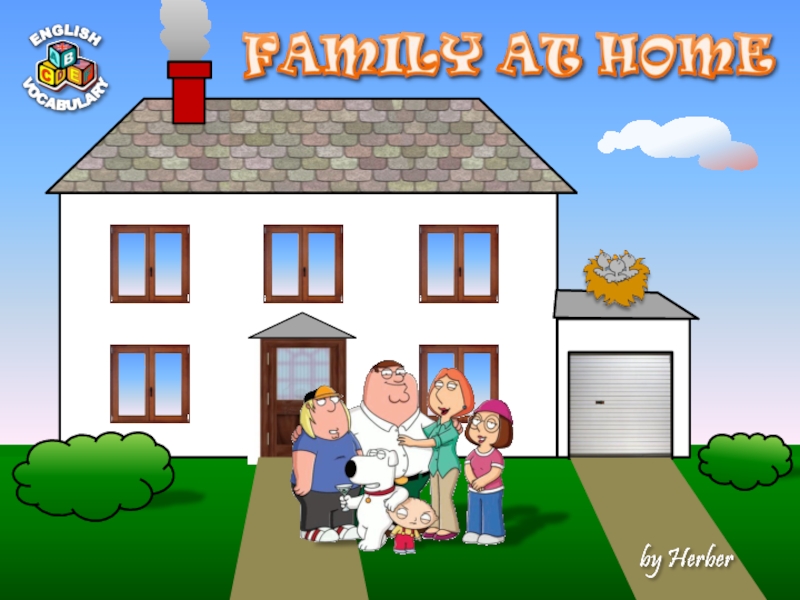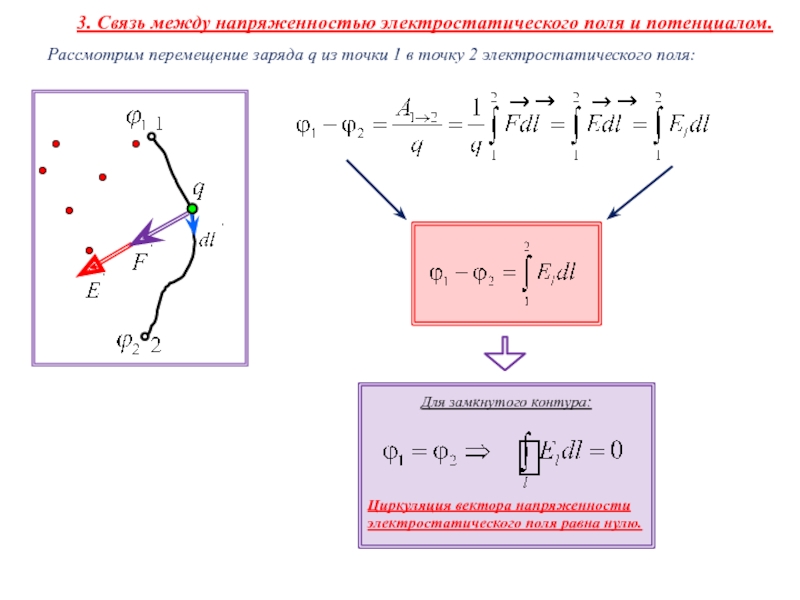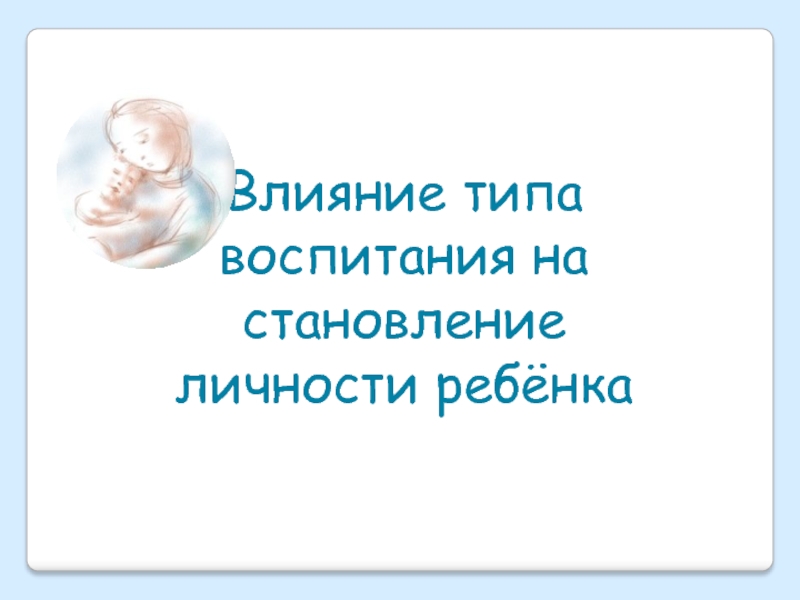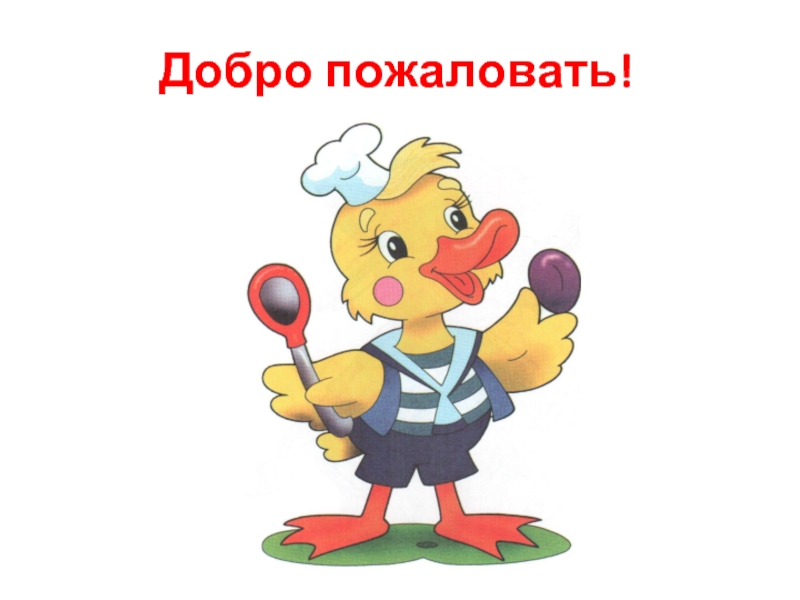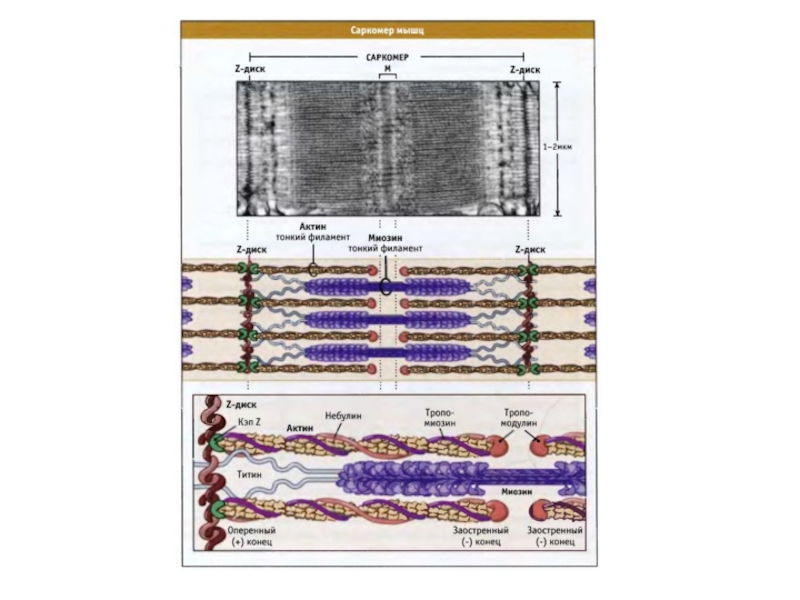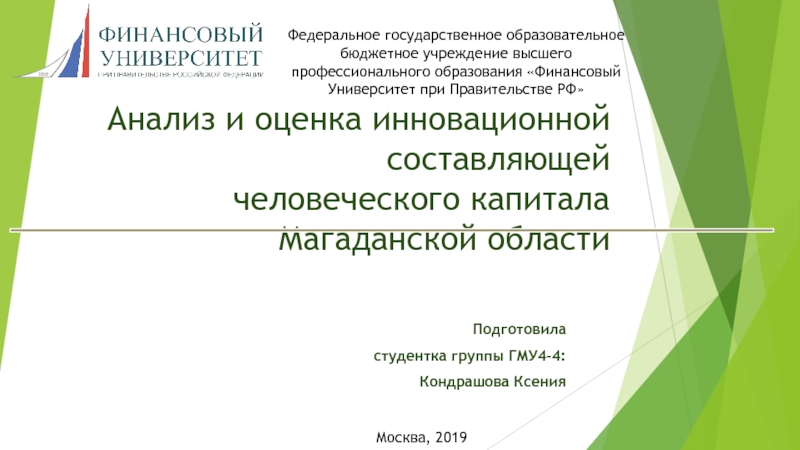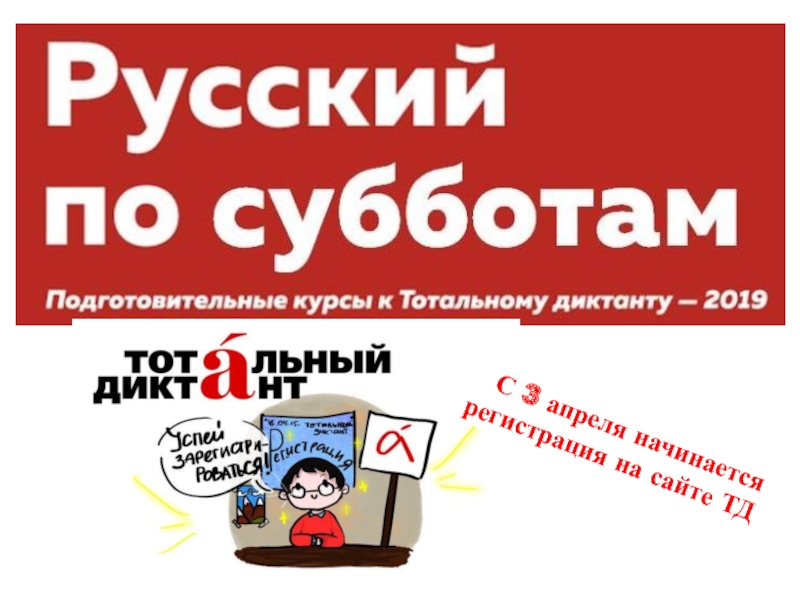Разделы презентаций
- Разное
- Английский язык
- Астрономия
- Алгебра
- Биология
- География
- Геометрия
- Детские презентации
- Информатика
- История
- Литература
- Математика
- Медицина
- Менеджмент
- Музыка
- МХК
- Немецкий язык
- ОБЖ
- Обществознание
- Окружающий мир
- Педагогика
- Русский язык
- Технология
- Физика
- Философия
- Химия
- Шаблоны, картинки для презентаций
- Экология
- Экономика
- Юриспруденция
Semasiology
Содержание
- 1. Semasiology
- 2. P.S. Not to be confused with
- 3. Ferdinand de Saussure described language in
- 4. The signifier is the sound of the linguistic object
- 5. The signified is the mental construction
- 6. The sign, then, is essentially the relationship between the two (signified and signifier)
- 7. Three branches of semioticsSemantics - relation between
- 8. There are two approaches (schools) of
- 9. The functional approach, which studies the functions
- 10. TYPES OF MEANINGword-meaning is not homogeneous it
- 11. The two main types of
- 12. Grammatical meaning - the component
- 13. Lexical meaning of the word
- 14. One of the functions of
- 15. The second component of the lexical
- 16. large, big, tremendous like,
- 17. This does not depend on the “feeling”
- 18. Literary (bookish) words are not stylistically
- 19. The colloquial
- 20. Slang - a violation of
- 21. golden, toxic, hype, decent - GOOD gnarly, beige, wacky, cheesy - BAD
- 22. Professionalisms - words used in
- 23. Jargonisms - words marked by their
- 24. Netter, touristFlamer, pain in the netSoftycomputer geek, gweep, troglodyte, turbo-nerd, propeller-head
- 25. Vulgarisms - coarse words that
- 26. Dialectical words, e.g. lass, kirk
- 27. Colloquial coinages e.g. newspaperdom, allrightnik,shopaholic
- 28. Stylistic reference and emotive charge
- 29. The colloquial words daddy, mammy
- 30. Words of neutral style may
- 31. Скачать презентанцию
P.S. Not to be confused with semiotics Semiotics, also called or semiology, is the study of sign processes (semiosis), signs and symbols, both individually and grouped into sign systems
Слайды и текст этой презентации
Слайд 2 P.S. Not to be confused with semiotics
Semiotics, also called or semiology, is the study of sign
processes (semiosis), signs and symbols, both individually and grouped into sign systems )Слайд 3
Ferdinand de Saussure described language in terms of signs,
which he in turn divided into signifieds and signifiers.
Слайд 5 The signified is the mental construction or image associated
with the sound.
The sign, then, is essentially
the relationship between the twoСлайд 7Three branches of semiotics
Semantics - relation between signs and the
things they refer to
Syntactics: relation of signs to each
other in formal structuresPragmatics: relation of signs to their impacts on those who use them
Слайд 8 There are two approaches (schools) of meaning:
the referential approach, which seeks to formulate the essence of
meaning by establishing the interdependence between words and the things or concepts they denote.Слайд 9The functional approach, which studies the functions of a word
in speech and is less concerned with what meaning is
than with how it works.Слайд 10TYPES OF MEANING
word-meaning is not homogeneous
it is made up
of various components the combination and the interrelation of which
determine to a great extent the inner facet of the wordСлайд 11
The two main types of meaning that are
readily observed are the grammatical and the lexical meanings
Слайд 12 Grammatical meaning - the component of meaning recurrent
in identical sets of individual forms of different words
i.e. the
tense meaning in the word-forms of verbs (asked, thought, walked, etc.)or the case meaning in the word-forms of various nouns (girl’s, boy’s, night’s, etc.).
Слайд 13 Lexical meaning of the word - the component
of meaning proper to the word as a linguistic unit,
i.e. recurrent in all the forms of this wordIt is the CONCEPTUAL CONTENT OF A WORD
Lexical meaning includes denotational and connotational components
Слайд 14 One of the functions of words is to
denote things, concepts and so on.
The denotational
meaning, i.e. that component of the lexical meaning which makes communication possible. Слайд 15 The second component of the lexical meaning is the
connotational component, i.e. the emotive charge and the stylistic value
of the word:to eat – to pig out
to begin- to commence
Слайд 16 large, big, tremendous
like, love, worship
girl, girlie; dear, dearie
the
emotive charge of the words tremendous, worship and girlie is heavier than that of the words large, like and girl Слайд 17This does not depend on the “feeling” of the individual
speaker but is true for all speakers of English
Слайд 18 Literary (bookish) words are not stylistically homogeneous.
Besides general-literary (bookish) words, e.g. harmony (PEACE), calamity
(DISASTER) we may single out various specific subgroups, namely:1) terms or scientific words
2) poetic words and archaisms
3) barbarisms and foreign words
Слайд 19
The colloquial words may be
subdivided into:
Common colloquial wordssome sort of, to be good enough at, chap, lad, bloke, stuff, kid, guy
Слайд 20 Slang - a violation of the norms of
Standard English, e.g.
nuts, bonkers, banana for ‘insane’.
dough,
jack, tin, brass, slippery stuff, bones (money), Слайд 22 Professionalisms - words used in narrow groups bound
by the same occupation, such as, e.g.,
lab
for ‘laboratory’,a buster for ‘a bomb’
Слайд 23
Jargonisms - words marked by their use within a
particular social group and bearing a secret and cryptic character,
e.g.a sucker — ‘a person who is easily deceived’
Слайд 24Netter, tourist
Flamer, pain in the net
Softy
computer geek, gweep, troglodyte, turbo-nerd,
propeller-head
Слайд 25 Vulgarisms - coarse words that are not generally
used in public, e.g. bloody, hell, damn, shut up, etc
Слайд 28 Stylistic reference and emotive charge of words are
closely connected and to a certain degree interdependent
Слайд 29 The colloquial words daddy, mammy are more emotional
than the neutral father, mother; the slang words mum, bob
are undoubtedly more expressive than their neutral counterpartsСлайд 30 Words of neutral style may also differ in
the degree of emotive charge
the words
large, big, tremendous are equally neutral as to their stylistic referencebut they are not identical as far as their emotive charge is concerned
